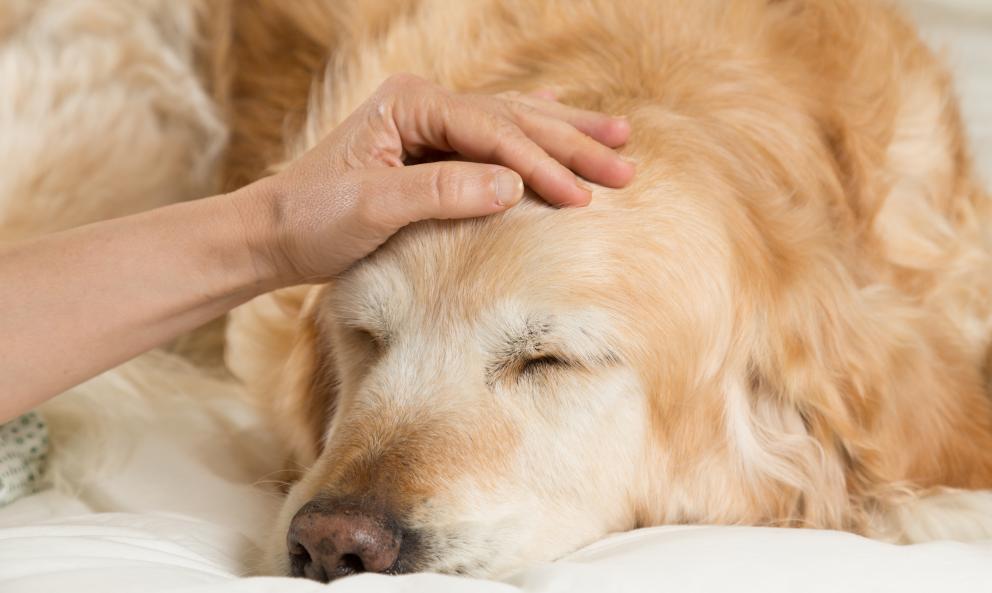
Pets enrich our lives beyond measure. They give us the comfort of their companionship. They accept us without criticism or judgment. And they provide the one thing that few people are able to give: unconditional love. No wonder, then, that the decision to end the life of an animal friend is so difficult. No wonder we put it off as long as possible. As you face the painful decision about euthanasia, be assured that the trust your pet has in you is well-placed. The compassion that compels you to end the life of your friend is a final act of caring—a final act of love.
-Quote by Marg & Herb Montgomery
Making the choice to euthanize a pet is never an easy one, but sometimes that choice must be made to end the suffering of a companion. Along with your friends and family, veterinarians are there to offer their support in such difficult times. Talking to your veterinarian about euthanasia will help you understand why it’s recommended or necessary in some cases.
The loss of a companion is always a tragic one, but it’s not always without warning. There are usually signs that a pet’s health is in decline. Paying attention to these signs and consulting with your veterinarian can help you understand what your pet is going through.
Quality of life is the primary concern. Your pet may be suffering if they don’t interact with their usual enthusiasm or if they’ve lost interest in their favourite activities. Scroll down for a recommended quality of life measurement tool. You can also journal your pet’s activities on a calendar to track a change in interest and activities.
The availability of treatment or a cure for your pet’s illness can provide a means for your pet to improve its condition or enjoy its life and therefore should always be taken into account.
Familial support is also an essential part of this process. It’s important that your whole family understands why the decision is being made.
If you move forward with this decision, you’ll want to know what it entails for both you and your pet. Euthanasia is typically performed with an intravenous injection, though this may be preceded by a tranquilizer to help your pet relax. Your pet may move its legs or breathe deeply after injection, but these are just reflexes and not a sign of pain.
Some pet owners prefer to be with their pet in its final moments, and some do not. Neither choice is a reason to feel guilty. For some, this moment may be too emotional, and an owner’s emotional distress can cause the pet to feel stressed or uneasy. If for any reason you do not wish to be present, know that your veterinarian and their team will do everything in their power to ensure your pet’s last moments are calm and filled with compassion.
It’s also important to consider your pet’s resting arrangements after the procedure. Options including cremation and burial are available and can be arranged with the help of your veterinarian.
The decision to euthanize is the hardest decision a pet owner has to make. If your animal is suffering, please consult your veterinarian to find out what options are available to you.
